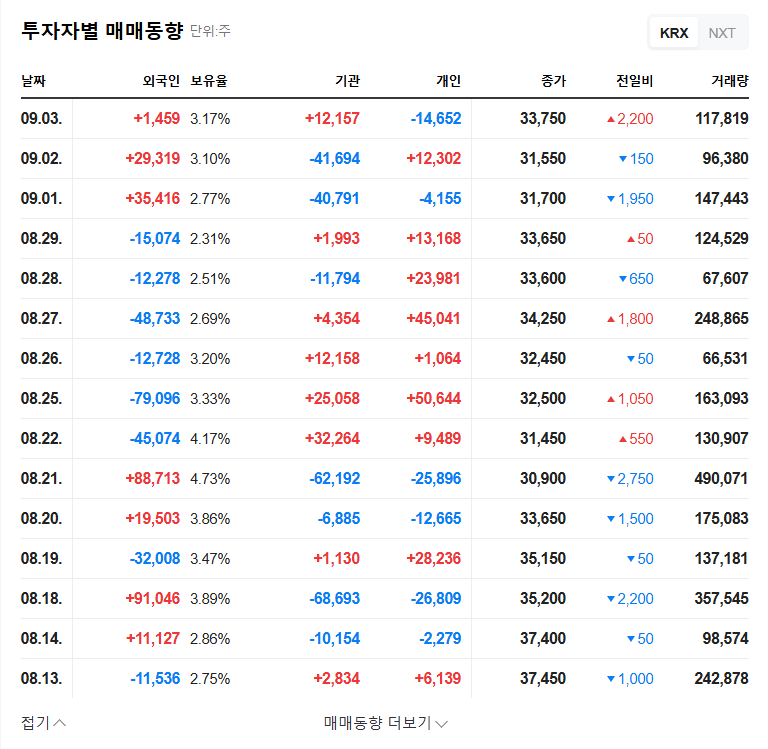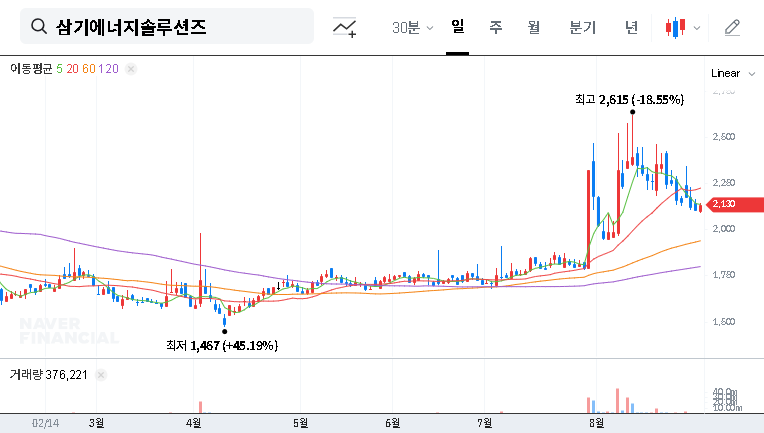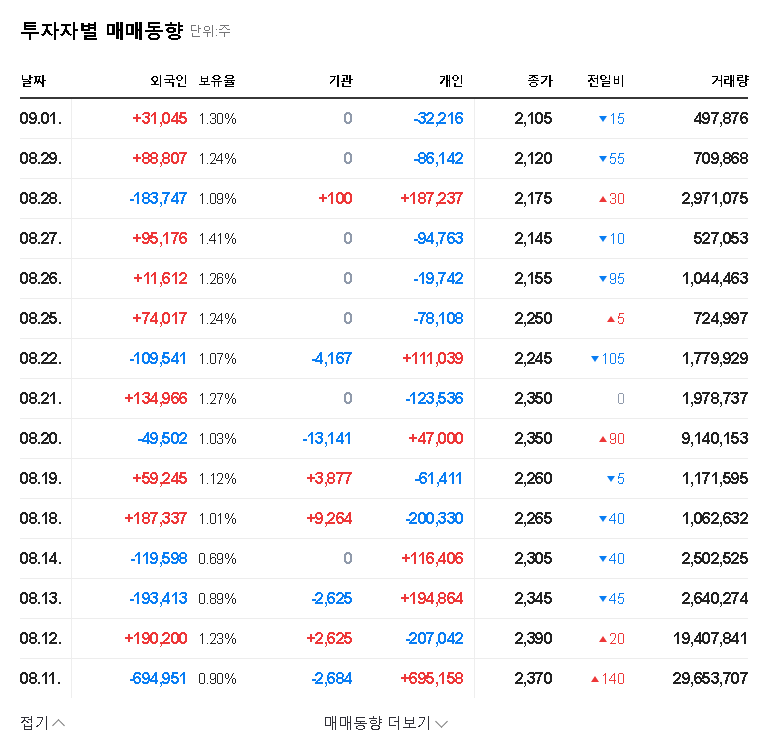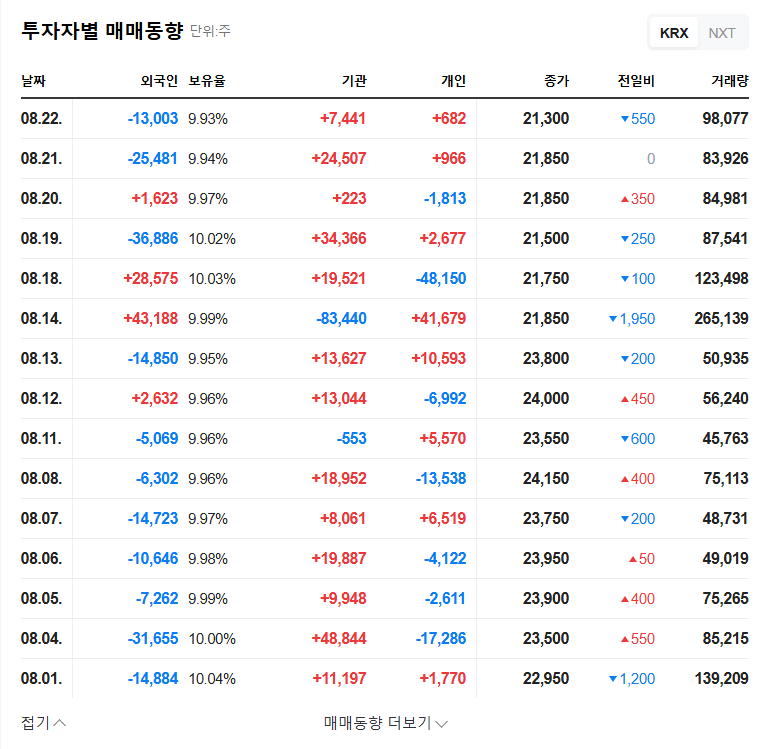
1. What Happened? : ₩15 Billion Convertible Bond Issuance
Hanjung NCS announced a private placement of ₩15 billion in convertible bonds (CBs) on September 3, 2025. The funds will be used for investments in ESS and EV projects, R&D, and operating expenses.
2. Why? : Securing Funds for Growth Momentum
Hanjung NCS is actively investing in expanding its ESS and EV components business overseas. The company needs funding for establishing a new ESS production subsidiary in the US, converting the ESS production line in its Chinese subsidiary, and securing future growth momentum. The CB issuance is a strategy to secure these necessary funds.
3. What’s the Impact? : Opportunities and Risks
Positive Aspects
- • Increased Investment in Growth Industries: Capitalizing on high growth potential of ESS and EV markets.
- • Potential Improvement in Financial Structure: Decreased debt ratio upon conversion of CBs to equity.
Negative Aspects
- • Potential Stock Dilution: Dilution of existing shareholder value upon conversion of CBs to equity.
- • Interest Expense Burden: Incurring interest expenses until maturity (0% coupon rate, 1.0% maturity rate).
- • Increased Financial Burden if Performance Remains Weak: Increased repayment burden if current trend of poor profitability continues.
4. What Should Investors Do? : Key Investment Points and Strategies
Investors should consider both the short-term liquidity benefits and the potential for stock dilution. The key investment points are the improvement of the company’s fundamentals and the actual performance of its ESS and EV businesses. Careful monitoring of quarterly earnings announcements, overseas business progress, and the conversion of CBs is crucial. The current investment opinion is ‘Neutral (Watchlist).’
Frequently Asked Questions
What are Convertible Bonds (CBs)?
Convertible bonds (CBs) are bonds that give the holder the right to convert them into a predetermined number of shares of the issuing company’s common stock after a specified period. Investors can receive interest like a bond or convert them into stock to capitalize on potential price appreciation.
How will the issuance of CBs affect Hanjung NCS’s stock price?
In the short term, there may be a positive impact due to the influx of funds. However, in the long term, if the CBs are converted into stock, there is a possibility of stock dilution due to the increased number of shares.
Should I invest in Hanjung NCS?
Currently, the outlook is neutral. While the growth potential of the ESS and EV markets is positive, the continuing poor performance is a concern. Carefully review the company’s future performance and business progress before making an investment decision.







